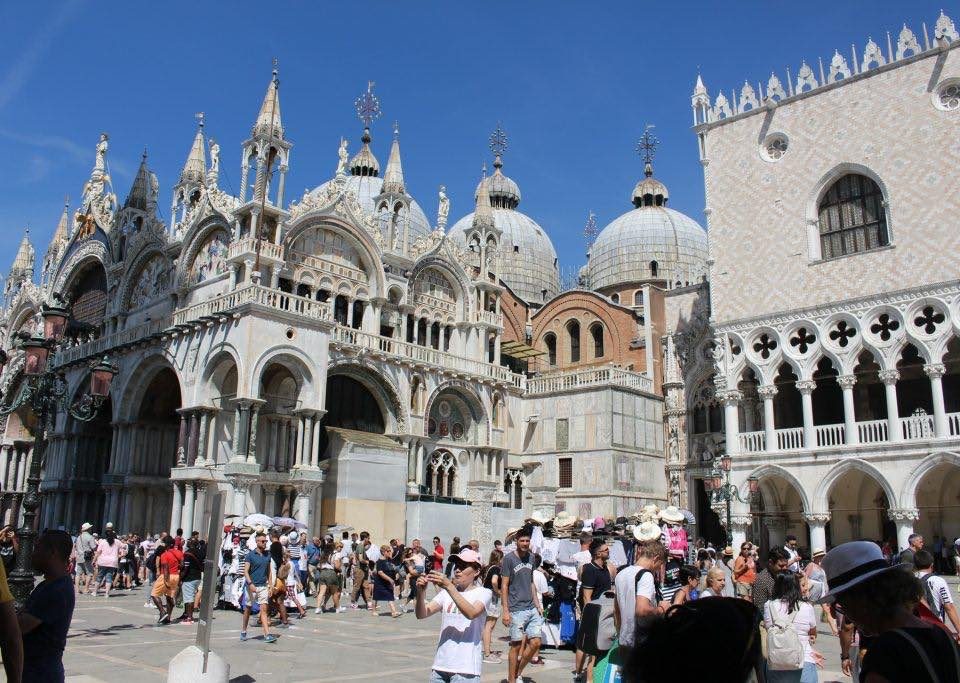Europe’s tourism sector is inching closer to full pre-pandemic recovery, with international tourist arrivals sitting just 3.2% below 2019 levels, according to the European Travel Commission’s (ETC) latest quarterly report, “European Tourism Trends & Prospects”. However, this recovery is not uniform across the board, as approximately 65% of the reporting destinations are still struggling to catch up to their 2019 foreign arrival numbers.

The data for the January-September period indicates that resilient intra-European travel and the increased influx of American tourists, capitalizing on favorable exchange rates, have been the primary drivers of this resurgence. Notable growth has been observed in destinations such as Serbia (+15%), Montenegro (+14%) and Portugal (+11%). Meanwhile, some regions, particularly those traditionally reliant on Russian travelers, are experiencing slower progress, with Baltic countries, including Estonia, Latvia and Lithuania, reporting the sharpest declines of 27%, 30% and 33%, respectively.

“Despite persistent economic and geopolitical challenges, it is encouraging to observe the ongoing rebound of European tourism. However, we must acknowledge that the true measure of tourism success extends beyond the number of visitors and nights spent at a destination”, said ETC President, Miguel Sanz. “It is essential to also consider and evaluate its impact on nature, local businesses, and the resident population. As Europe’s tourism industry recovers, we should strive to develop innovative, sustainable metrics to better define its overall health and progress.”
Despite challenges posed by inflation, high living costs, extreme weather events and geopolitical tensions, the European tourism industry has shown remarkable resilience, the ETC underlines. To counteract rising costs, tourists are adopting various cost-saving strategies, including early bookings, off-peak travel and an increased interest in package holiday deals that offer all-inclusive benefits.
However, persistent geopolitical instability continues to have repercussions on Europe’s tourism outlook. The ongoing war in Ukraine still affects arrivals figures in Eastern Europe and the developing conflict in Israel poses risks going into the shoulder season, especially for destinations such as France, Türkiye and Romania which are popular with Israeli travelers.
Nevertheless, the forecast remains optimistic, with an expected gradual rise in international tourist arrivals to Europe throughout 2023, albeit at a slower pace. The report anticipates a recovery of 91% of pre-pandemic levels by the end of 2023, leading to a complete return to 2019 numbers by 2024, a year earlier than previously projected.
Furthermore, the report highlights a shift in tourist preferences towards more affordable destinations, with Türkiye and Bulgaria experiencing increased demand due to their affordability and favorable exchange rates. This trend is complemented by the growing popularity of package holiday in destinations like Portugal and Spain, as well as a search for a broader choice of destinations, with countries like Türkiye, Montenegro, Albania and Croatia being the top performers for overnight stays relative to 2019 levels.













